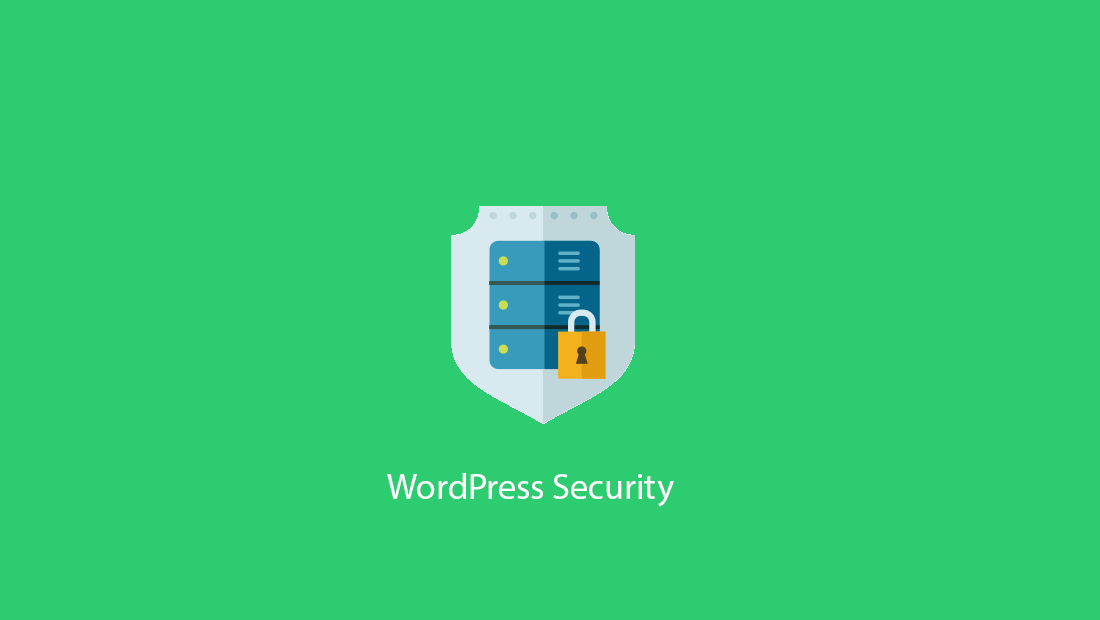Many times when a WordPress powered website got hacked or when the security got jeopardized, people often direct the blame to WordPress.
However, is the truth really so? I would suggest to put a thinker on the safety measures taken when building the website. WordPress, like any other CMS, is running on database. If you think WordPress is vulnerable to attacks, so do your other Content Management Systems. In fact, WordPress has one of the best securities for CMS around, especially in their core. However, the actual problem often lies in the experience of a web developer as well as one’s skills in securing the website. In another words, it’s usually your fault that your site got hacked. There are some responsibilities that you have to take care of as a website owner. So the key question is always, what are *you* doing to save your site from being hacked? Today, I plan to discuss quite a few simple tricks that can help you secure your WordPress website instantly:
- Everyone knows the standard WordPress login page URL. The backend of the website is accessed from there, and that is the reason why people try to brute force their way in. Just add /wp-login.php or /wp-admin/ at the end of your domain name and there you go. What I recommend is to customize the login page URL and even the page’s interaction. That’s the first thing I do when I start securing my website.
- Setup a limit towards the log in attempt. This could potentially solve a huge problem, especially continuous brute force log in attempts. A handful plugins in the market are proven to be effective. You may checkout iThemes Security, WP Limit Login Attempts and etc. Else, you may acces .htaccess and Limit Access to wp-admin by IP.
- Use 2-factor authentication, the WP Google Authenticator plugin helps simplifying the overall security in just a few clicks.
- Protect the core directory, the wp-admin directory is the heart of any WordPress website. Therefore, if this part of your site gets breached then the entire site can get damaged. You can use the AskApache Password Protect plugin for securing the admin area. It automatically generates a .htpasswd file, encrypts the password and configures the correct security-enhanced file permissions.
- Encrypt your website with SSL; Implementing an SSL (Secure Socket Layer) certificate is one smart move to secure the admin panel. SSL ensures secure data transfer between user browsers and the server, making it difficult for hackers to breach the connection or spoof your info. You may check out SSLS.com for affordable options.
Lastly, don’t forget to perform regular backups of your website, either through plugins or cPanel. If you are a beginner in WordPress then that was a lot to take in. Everything that I mentioned in this article is a step in the right direction. The more you care about your WordPress site security, the harder it gets for a hacker to break in.

